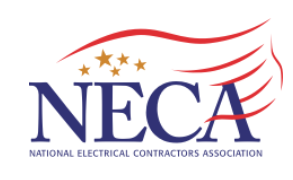
Short Circuit Study
Intro
A short circuit study, often referred to as a fault study, is an analysis that engineers perform to determine the maximum available fault current at discrete points in the system (i.e. switchgear, switchboards, panelboards, MCC’s, etc.). This is done to ensure that new equipment being installed is suitably rated for the intended installation, as well as ensuring existing equipment is not overdutied (meaning the available fault current is not greater than the rating of the equipment ).
What are the Benefits of a Short Circuit Study
- Avoid costly mistakes, like installing underrated equipment that then needs to be replaced after being installed
- Reduces the likelihood of serious damage to a system by ensuring the equipment can withstand and interrupt a fault
- Reduce downtime, underrated equipment can catastrophically fail, significantly increasing downtime by requiring equipment to be replaced
- Increases personnel safety by decreasing the likelihood of a catastrophic failure
- The NEC require all electrical equipment to meet and/or exceed the available fault duty
Why are Short Circuit Studies Needed for Your Electrical System
Equipment that does not meet or exceed the available fault duty can pose a significant threat as it can fail catastrophically, endangering equipment, reliability, and personnel. Having a short circuit study conducted by a qualified engineer will provide you with the required information to ensure new equipment meets or exceeds the available fault duty and identify existing equipment that needs to be replaced and/or modified.





